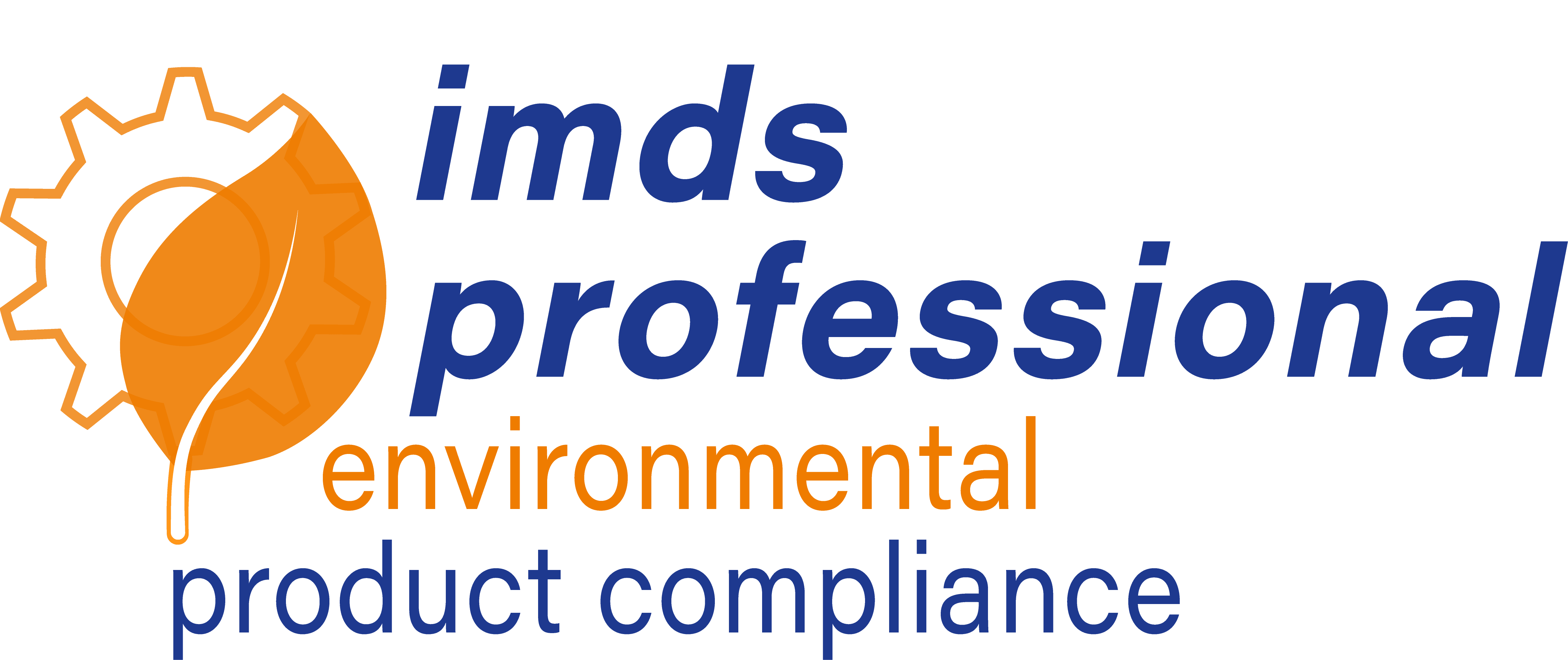SCIP specialist information
Information and service on the SCIP database
SCIP database: Identify and recycle SVHC substances

SCIP stands for “Substances of Concern In articles as such or in complex objects (Products)”. The SCIP database was developed by the European Chemicals Agency (ECHA) and is based on the Waste Framework Directive (EU) 2018/851 (WFD). Since January 5, 2021, companies that place articles containing SVHCs (Substances of Very High Concern) on the market in the EU are required to submit information about them to the ECHA. The reporting requirement applies to articles containing SVHCs that are on the Candidate List of the European Chemicals Directive REACH and are present in a concentration of over 0.1% weight by weight. A database was developed for the new SCIP reporting requirement, which went online October 28, 2020. The reporting requirement for the articles in question came into force on January 5, 2021. It applies to articles containing SVHCs with a concentration of over 0.1% weight by weight.
The database aims to help waste management companies identify articles containing SVHCs and improve their recycling. The ECHA is using the SCIP reporting requirement to encourage companies to stop using certain chemicals in articles or to replace them with less dangerous substances. The information in the SCIP database on articles and substances is also available to consumers.
- lead, for instance, that is used in copper or aluminum alloys (used in connectors, housing, cables, etc.)
- plasticizers (phthalates), such as DEHP (injection-molded plastic parts, interior and exterior cladding, seals, etc.)
- flame retardants such as DecaBDE (car upholstery, PCBs, insulation, housing for electrical and electronic equipment etc.)
- binders or release agents and stabilizers such as dodecamethylcyclohexasiloxane (plastics, paper, paints, inks, coatings, cleaning, and polishing agents, etc.)
There has been an obligation to report SVHCs to customers since the REACH Regulation came into force in 2007. This obligation is often mixed up with the more recent requirement for SCIP database reporting. However, SCIP involves an additional reporting requirement for a product-related database that is a result of the Waste Framework Directive. If you report substances in the SCIP database, this does not automatically mean you have complied with the REACH reporting requirement.
This more recent requirement for reporting SVHCs in the SCIP database is only related to REACH insofar as consumers’ “right to ask” is enshrined there in Article 33(2). According to this, consumers have a right to obtain information about which SVHCs are contained in a product in a concentration of over 0.1% weight by weight. Manufacturers need to make information available within 45 days or they may have to pay a fine. Previously under the REACH Regulation, consumers could only obtain a list of SVHCs contained in an article which did not contain details of their amounts or the components which contained them. That has changed since the SCIP database was introduced. From now on, consumers can scan a barcode on articles when shopping and immediately obtain information from the SCIP database that tells them where SVHCs are found in a complex product.
The German Federal Environment Agency has developed the Scan-4Chem app to make information about chemicals of concern accessible to the public. The app accesses data on the European AskREACH database. Companies can also use this to answer consumer requests about end products more conveniently, which enables them to comply with their obligation to provide information. AskREACH is a voluntary service that only contains information about end products with a barcode.
However, the SCIP database is mandatory for all articles that contain SVHCs in a concentration of over 0.1% weight by weight. This requirement not only applies to the end product but to all articles. The primary purpose of the database was ultimately not to help consumers make more informed purchases but to provide information for recycling companies, so they know, for example, whether waste plastics contain flame retardants that are harmful to human health or the environment and that are prohibited under REACH Annex XIV. This type of waste plastic would no longer be recyclable because prohibited SVHCs must not be allowed to re-enter the materials cycle.
A Guide and a Candidate List Package are available from the ECHA to help companies complete reporting requirements for Substances of Very High Concern (SVHCs). This package is compared against the substances on the REACH Candidate List and is updated whenever the Candidate List is changed. This usually happens twice a year.
The ECHA has provided a harmonized IUCLID interface for transmitting data to the SCIP database. This software tool is already being used by many companies when they have to create registration dossiers for chemicals in conformity with the REACH Regulation. Further systems are connected via an interface, such as the CDX system. This is a data management solution developed by DXC Technology, which can be very helpful in ensuring you meet SCIP reporting obligations.
Many automotive companies have also been required to transmit details of SVHCs they use to the new SCIP database as well. For this reason, Release 13.0 onwards has included new attribute fields and an interface from the IMDS to the SCIP database. You can enter the SCIP numbers and the SCIP submission numbers for articles and complex objects that were submitted to SCIP differently than via the interface provided in the IMDS. If you use the IMDS for submitting data to the SCIP database, these boxes are populated automatically.
In any case, the TARIC code of the products to be submitted is required for entry in the SCIP database. This is the 10- or 11-digit European customs tariff number for the exact classification of goods.
SVHC reporting obligations are particularly challenging for the electrical and electronic sector. For example, according to REACH, conductor plates are defined as “articles” containing several hundred-part categories with a multitude of electronic components. These mostly weigh between two milligrams and five grams each. To make matters more complicated, there are often several suppliers for each part category as a result of multiple sourcing strategies.
Please contact us if you would like more detailed advice or need help implementing any of your compliance projects.
| ECHA information on the SCIP database: | Link |
| Information from the European Chemicals Agency ECHA on the Waste Framework Directive: | Link |
| Waste Framework Directive (EU) 2018/851 (WFD): | Link |
| Directive 2008/98/EC of the European Parliament and of the Council of 19 November 2008: | Link |
| Info on the SCIP database from the REACH-CLP Biocide Helpdesk of the German Federal Authorityn: | Link |
| Info on the SCIP database on the REACH helpdesk of the Austrian Federal Ministry for Climate Protection, Environment, Energy, Mobility, Innovation and Technology (BMK): | Link |
| Information for associations on the new information requirements on substances in articles from the EU Waste Framework Directive (from ZVEI and others): | PDF |

Support services related to the SCIP database
Looking for help with your compliance reporting requirements? We can provide extensive support and consulting services for REACH, SCIP and chemicals compliance in general. Contact us and let us know how we can help.
SCIP trainings
Are you looking for SCIP training? At our ipCampus you will find training courses worldwide and in many languages.
